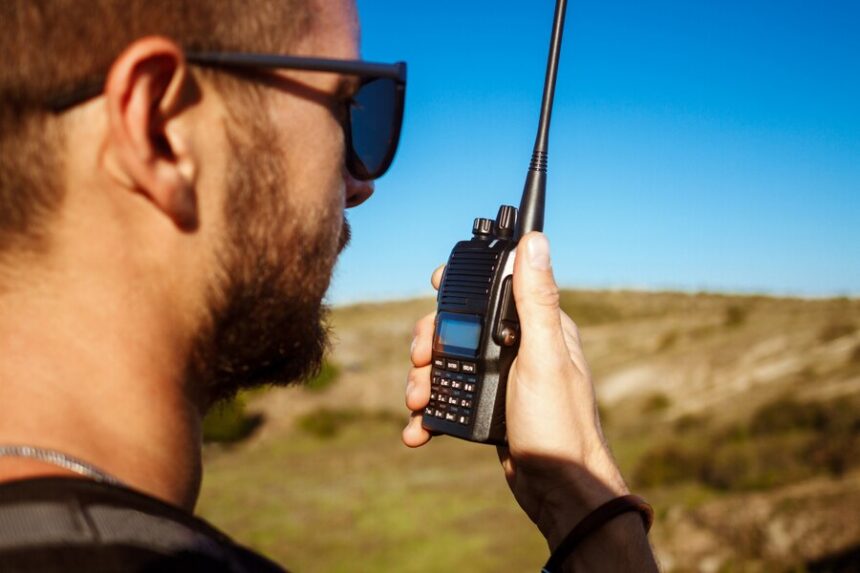Effective communication and robust security measures are crucial for the success and safety of farms in South Africa. With the country’s diverse agricultural landscape and vast rural areas, traditional communication methods often fall short. However, the solution lies in harnessing the power of walkie talkies, also known as two-way radios. This article highlights the advantages of utilizing walkie talkies to enhance farm communication and security in the unique context of South African agriculture, offering practical insights and tips.
- Overcoming Distance and Terrain Challenges:
South African farms often span large areas, and their remoteness can pose communication challenges. Walkie talkies operate on radio frequencies, ensuring reliable communication without relying on cellular networks. This feature is especially beneficial in areas with limited network coverage, allowing seamless communication across vast distances and rugged terrain.
- Immediate Response to Emergencies:
In emergency situations, prompt communication is crucial for ensuring the safety and well-being of farm personnel and assets. Walkie talkies enable instant communication, allowing farm workers to quickly respond to accidents, fires, or other emergencies. By establishing dedicated emergency channels and protocols, response times can be significantly reduced, potentially saving lives and minimizing damage.
- Coordinated Task Management:
Farm operations require efficient coordination among various teams and departments. Walkie talkies enable real-time communication, allowing supervisors, farm managers, and workers to efficiently coordinate tasks and relay important instructions. Whether it’s managing planting schedules, coordinating harvesting activities, or overseeing livestock operations, walkie talkies facilitate smooth workflow and improve productivity.
- Enhanced Security and Surveillance:
South African farms face unique security challenges, including theft, poaching, and vandalism. Walkie talkies play a crucial role in enhancing farm security by enabling immediate alerts and responses to potential threats. Personnel equipped with walkie talkies can quickly communicate suspicious activities, trespassers, or wildlife sightings, enabling swift intervention. By integrating walkie talkies with security systems, such as cameras or alarms, farms can establish a comprehensive security network.
- Durability and Weather Resistance:
South Africa’s diverse climate, ranging from arid regions to humid coastal areas, requires communication devices that can withstand harsh conditions. Walkie talkies are designed to be durable and weather-resistant, making them suitable for challenging environments. Their rugged construction and water-resistant features ensure reliable operation, even in dusty or wet conditions. Walkie talkies are also ergonomically designed for ease of use, allowing farm workers to operate them comfortably, even while wearing gloves.
Tips for Maximizing Walkie Talkie Effectiveness in South African Farms:
a. Frequency and Licensing: Familiarize yourself with South Africa’s radio frequency regulations and ensure compliance with licensing requirements. This ensures legal and interference-free communication.
b. Language Considerations: In multi-lingual farm settings, establish protocols for using a common language or specific codes to ensure clear communication among teams with different language backgrounds.
c. Battery Management: South African farms may experience intermittent power supply or operate in off-grid areas. Implement battery management strategies, such as carrying spare batteries or using rechargeable options with solar charging capabilities.
d. Community Collaboration: In rural areas with neighboring farms, consider establishing community-wide communication channels to enhance security and address shared challenges collectively.
e. Training and Protocols: Conduct regular training sessions for farm personnel to familiarize them with walkie talkie operations, channel usage, emergency protocols, and proper communication etiquette. This ensures effective utilization of the devices and fosters a culture of safety and security.
Join 'Farmers Mag' WhatsApp Channel
Get the latest Farming news and tips delivered straight to your WhatsApp
CLICK HERE TO JOIN






